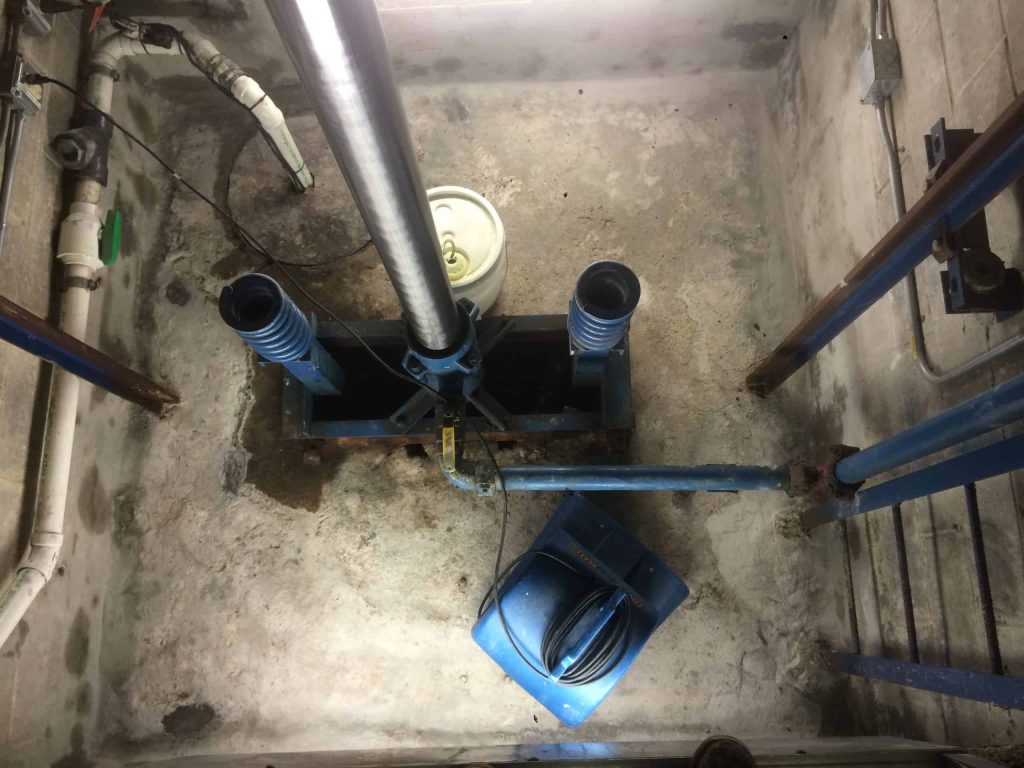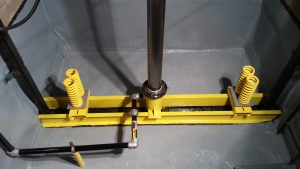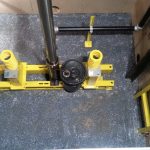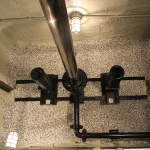Elevator Waterproofing: Ensuring Reliability and Longevity in Vertical Transportation Systems
Elevator Waterproofing: Ensuring Reliability and Longevity in Vertical Transportation Systems
Elevators play a pivotal role in modern buildings, facilitating efficient vertical transportation for occupants and goods. However, elevators, being intricate systems, are vulnerable to environmental factors that can compromise their performance and safety. Elevator waterproofing emerges as a crucial aspect of maintenance and longevity, protecting these valuable assets from the damaging effects of water infiltration. In this comprehensive guide, we will delve into the significance of elevator waterproofing, the potential risks associated with water exposure, and the various methods employed to ensure the reliability and durability of elevator systems.
Understanding the Importance of Elevator Waterproofing
Electrical Components Protection:
Elevators are equipped with sensitive electrical components that can be adversely affected by water exposure. Waterproofing safeguards these components from moisture, preventing malfunctions, electrical shorts, and potential safety hazards.
Preventing Corrosion:
Water infiltration can lead to corrosion of metal components within the elevator system, including the frame, cables, and pulleys. Corrosion compromises the structural integrity of the elevator, posing significant safety risks.
Avoiding Mechanical Failures:
Elevator systems consist of intricate mechanical parts that can degrade when exposed to water. Waterproofing these components ensures smooth operation, reducing the likelihood of mechanical failures and associated maintenance costs.
Enhancing Safety Standards:
Elevator safety is of paramount importance. Waterproofing not only protects the internal components but also contributes to the overall safety and reliability of the system, ensuring a secure vertical transportation experience for occupants.
Common Risks Associated with Water Exposure in Elevators
Corrosion of Elevator Components:
Metal components, including the frame, cables, and pulleys, are susceptible to corrosion when exposed to water. Corrosion weakens these parts, compromising the structural integrity of the elevator system.
Electrical Malfunctions:
Water infiltration can lead to electrical malfunctions within the elevator system. This poses a significant safety risk, as electrical issues can result in operational failures, sudden stops, or other hazardous situations for occupants.
Mold and Mildew Growth:
Damp environments within elevators provide an ideal breeding ground for mold and mildew. Besides being a health concern, mold growth can damage interior finishes and contribute to unpleasant odors.
Decreased Efficiency and Performance:
Water exposure can lead to a decrease in the efficiency and overall performance of the elevator system. This may manifest as slower operation, jerky movements, or a general decline in the elevator’s reliability.
Methods of Elevator Waterproofing
Sealants and Coatings:
Applying sealants and coatings to vulnerable areas of the elevator, such as the door frames and joints, creates a protective barrier against water infiltration. These products are designed to withstand environmental conditions and provide long-lasting waterproofing.
Weather Stripping:
Weather stripping is commonly used around elevator doors to prevent water from entering the shaft. It involves the application of durable, water-resistant materials that form a tight seal when the doors are closed.
Elevator Pit Waterproofing:
Elevator pits are particularly susceptible to water accumulation. Waterproofing the elevator pit involves installing a waterproofing membrane, often made of materials like asphalt or synthetic polymers, to prevent water from seeping into the pit and affecting the elevator components.
Sump Pump Installation:
In areas prone to water accumulation, the installation of a sump pump can effectively manage and remove excess water. This proactive measure prevents water from pooling in the elevator pit, reducing the risk of corrosion and electrical malfunctions.
Regular Maintenance and Inspections:
Implementing a routine maintenance schedule that includes inspections for water damage is crucial. Regular checks allow for the early detection of potential issues, enabling prompt intervention and minimizing the impact of water-related risks.
Elevator waterproofing is an indispensable aspect of ensuring the reliability, safety, and longevity of vertical transportation systems. Water exposure poses a range of risks, from corrosion and electrical malfunctions to compromised efficiency and safety hazards. By employing effective waterproofing methods such as sealants, coatings, weather stripping, and sump pump installations, building owners and maintenance professionals can protect their elevator systems and maintain optimal performance. Regular inspections and proactive maintenance further contribute to the overall integrity of elevator systems, ensuring a safe and efficient vertical transportation experience for occupants.
Contact the Professionals at Select Elevator Waterproofing Today! 732-410-7007







